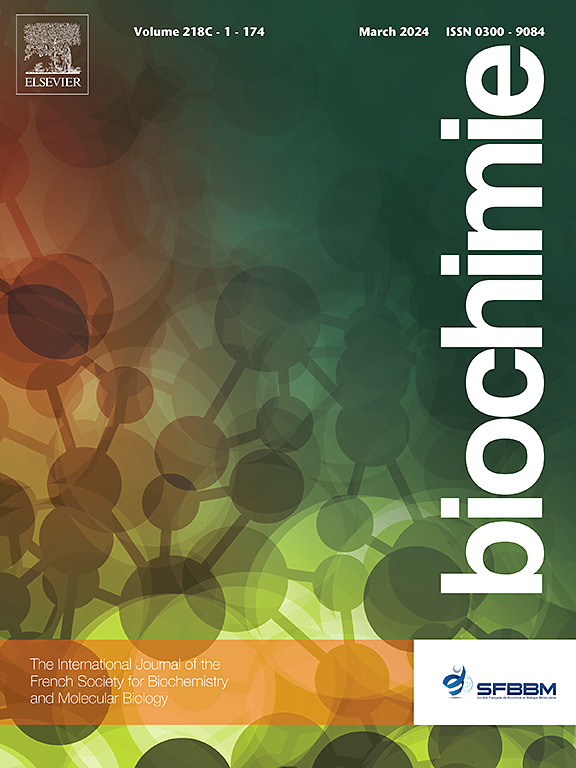饮食晚期糖基化终产物(AGEs):预防与衰老相关的慢性疾病的可改变的危险因素?
IF 3
3区 生物学
Q2 BIOCHEMISTRY & MOLECULAR BIOLOGY
引用次数: 0
摘要
晚期糖基化终产物(age)是在美拉德反应晚期通过非酶促反应形成的异质化合物群,主要发生在还原糖或其氧化代谢物与蛋白质、脂质和核酸中的氨基之间。这些化合物可以内源性形成,特别是在高血糖条件下。此外,AGEs也在食品热加工过程中外源性产生,有助于这些化合物的膳食摄入。AGEs在机体组织中的积累与衰老和各种非传染性疾病的发病机制有关。日粮中AGEs的摄入显著增加了它们的全身负担。因此,减少膳食中AGEs的摄入被认为是预防慢性、与年龄有关疾病的一个可改变的风险因素。这篇综述检查和讨论了目前关于膳食和内源性AGEs促进细胞衰老和流行的年龄相关疾病进展的分子机制的证据,包括糖尿病、心血管疾病、肌肉骨骼疾病和神经变性。本文章由计算机程序翻译,如有差异,请以英文原文为准。

Dietary advanced glycation end products (AGEs): A modifiable risk factor in the prevention of chronic diseases associated with aging?
Advanced glycation end products (AGEs) are a heterogeneous group of compounds formed during the advanced stages of the Maillard reaction through non-enzymatic reactions, occurring mainly between reducing sugars or their oxidation metabolites and amino groups in proteins, lipids, and nucleic acids. These compounds can be endogenously formed, particularly under hyperglycemic conditions. In addition, AGEs are also produced exogenously during the thermal processing of foods, contributing to the dietary intake of these compounds. The accumulation of AGEs in body tissues has been associated with aging and the pathogenesis of various non-communicable diseases. Dietary intake of AGEs contributes significantly to their systemic burden. Consequently, reducing the intake of dietary AGEs has been proposed as a modifiable risk factor for the prevention of chronic, age-related diseases. This review examines and discusses current evidence on the molecular mechanisms by which dietary and endogenous AGEs contribute to cellular senescence and the progression of prevalent age-associated pathologies, including diabetes, cardiovascular diseases, musculoskeletal disorders, and neurodegeneration.
求助全文
通过发布文献求助,成功后即可免费获取论文全文。
去求助
来源期刊

Biochimie
生物-生化与分子生物学
CiteScore
7.20
自引率
2.60%
发文量
219
审稿时长
40 days
期刊介绍:
Biochimie publishes original research articles, short communications, review articles, graphical reviews, mini-reviews, and hypotheses in the broad areas of biology, including biochemistry, enzymology, molecular and cell biology, metabolic regulation, genetics, immunology, microbiology, structural biology, genomics, proteomics, and molecular mechanisms of disease. Biochimie publishes exclusively in English.
Articles are subject to peer review, and must satisfy the requirements of originality, high scientific integrity and general interest to a broad range of readers. Submissions that are judged to be of sound scientific and technical quality but do not fully satisfy the requirements for publication in Biochimie may benefit from a transfer service to a more suitable journal within the same subject area.
 求助内容:
求助内容: 应助结果提醒方式:
应助结果提醒方式:


